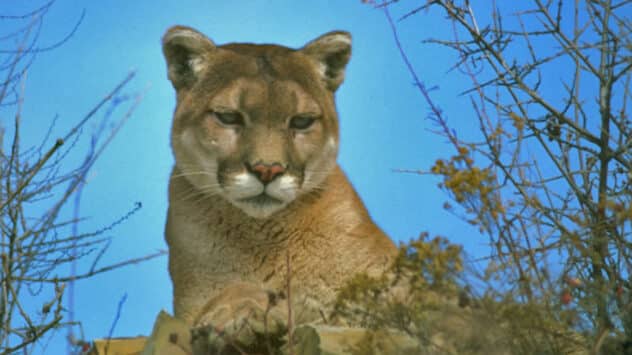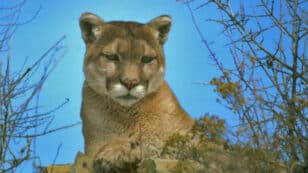
California Mountain Lion Population Is Thousands Fewer Than Previously Estimated
The first large-scale study of mountain lion numbers in California has been completed by scientists from the California Department of Fish and Wildlife (CDFW); the nonprofits Audubon Canyon Ranch and the Institute for Wildlife Studies; University of California, Santa Cruz; and University of California, Davis. The population estimate of between 3,200 and 4,500 cougars is […]

 233k
233k  41k
41k  Subscribe
Subscribe 

